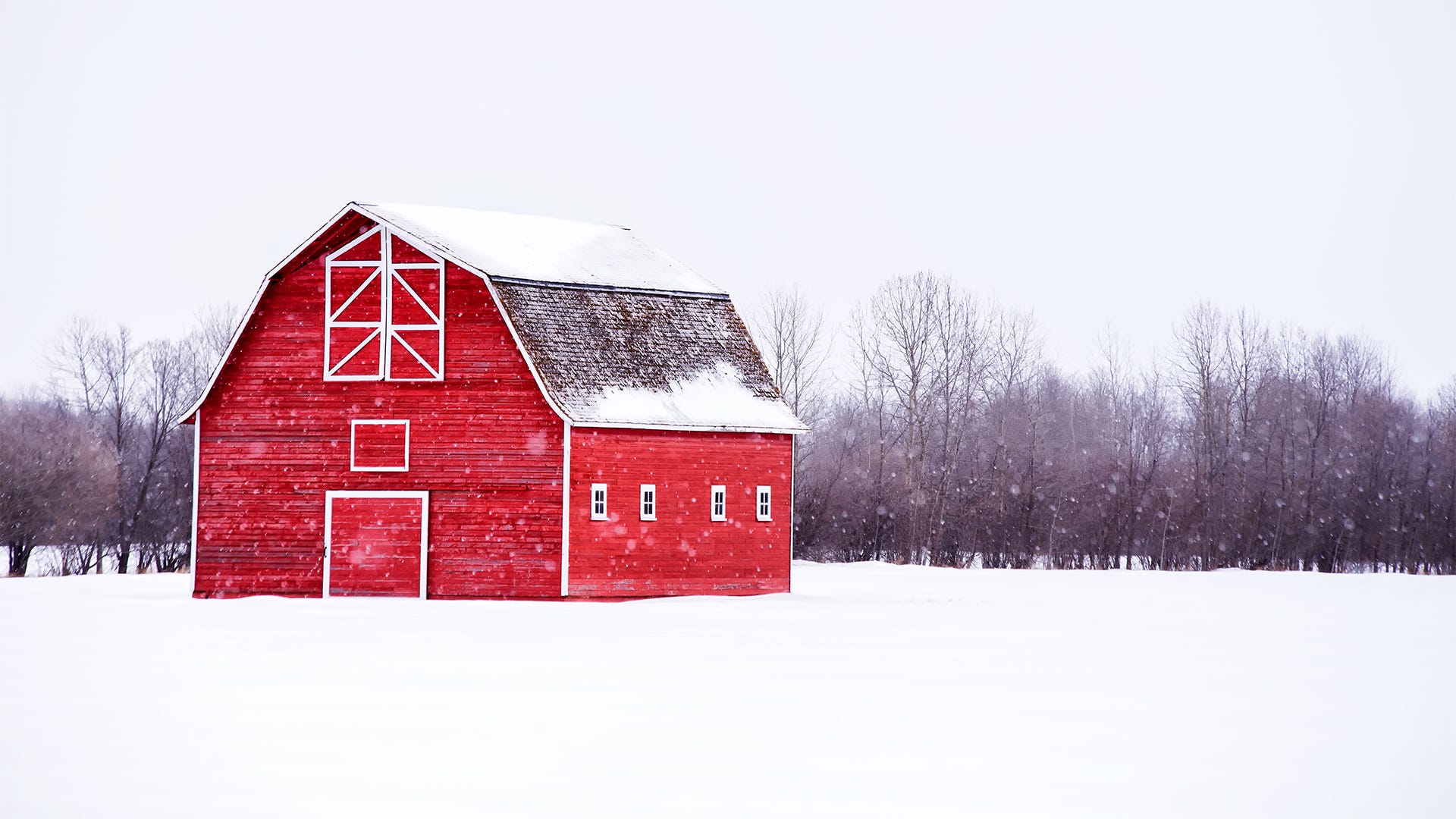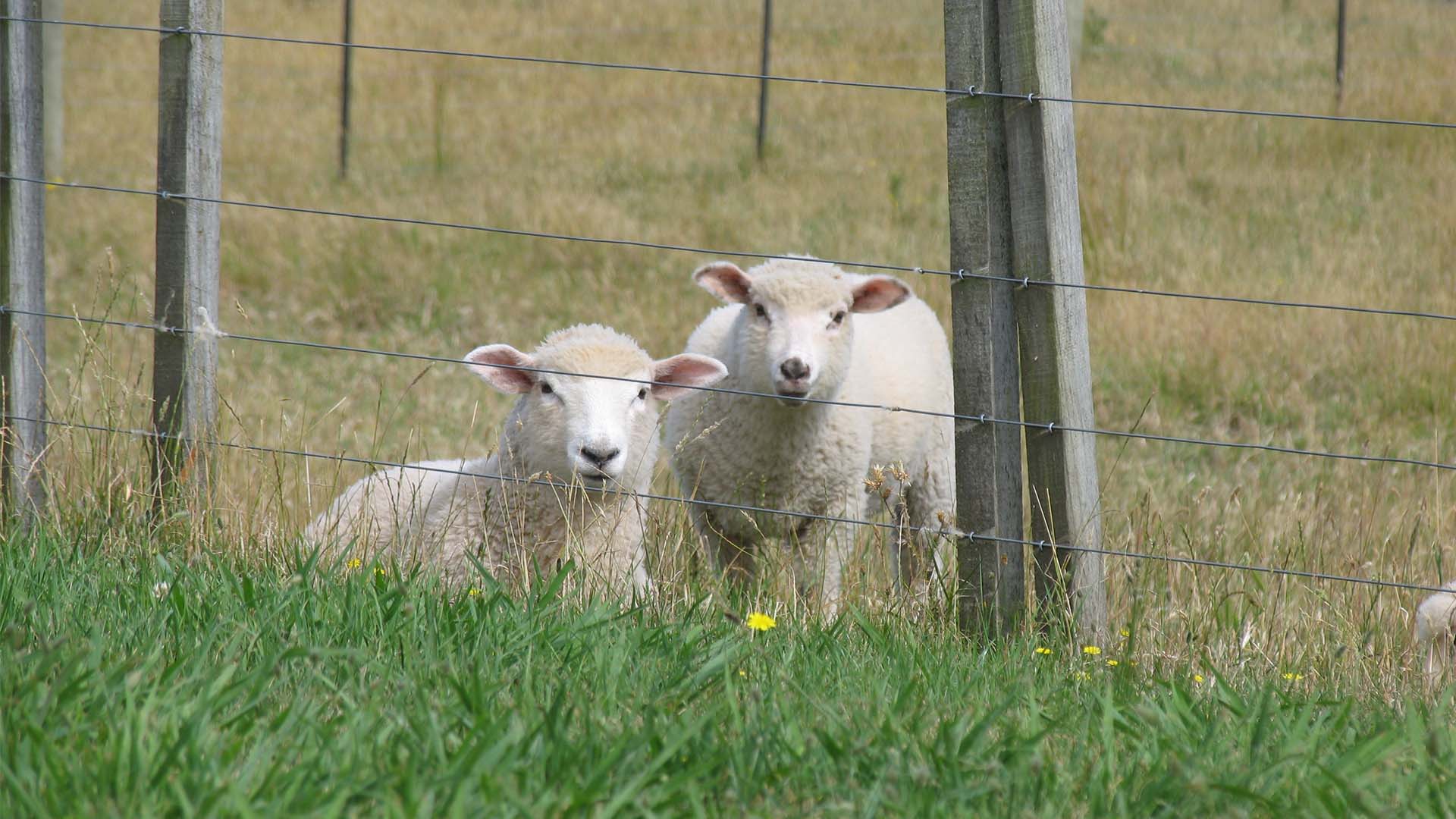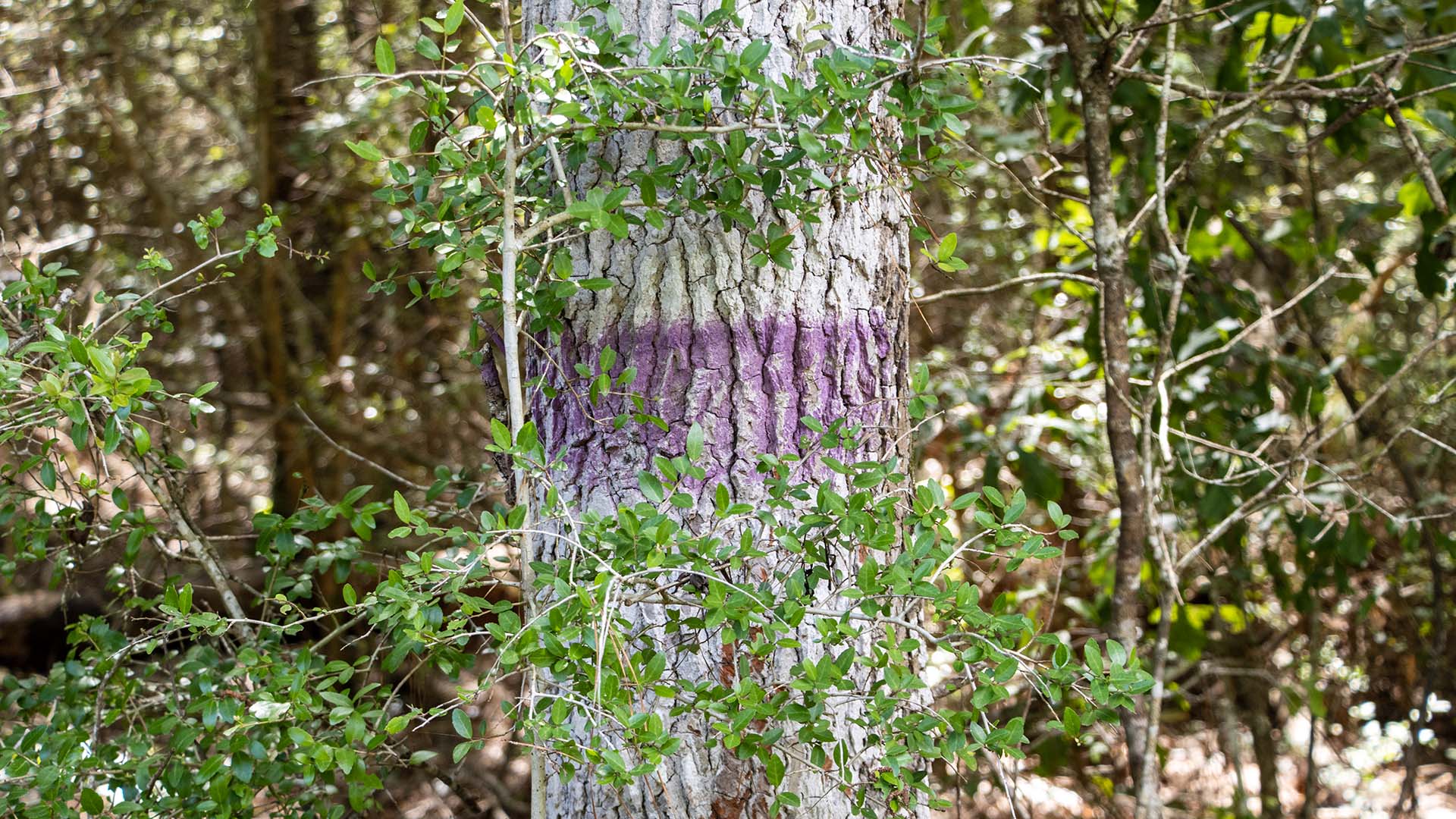
You might have the best of intentions, but if you don’t take care of a few things around the barn before winter hits, you’ll find these simple tasks far more difficult—if not impossible. Make sure your horse’s home is ready for cold weather with these tips.
1. Clean everything
Kathy Key of Key Stallion Station in East Pueblo, Colorado, uses the fall as a time to wrap up one breeding season and deep clean for the upcoming season. After removing all bedding and stall mats, her staff uses power washers to blast stalls from top to bottom, as well as the mats, and followed by a cleaning solution.
The stalls are then sprinkled with lime. Key’s staff has a similar procedure for corrals: all feeders and waterers are power washed, and the corrals are limed.
“We spread lime over the ground because it will kill viruses and bacteria in the soil that could be harbored over the winter, which could cause potential problems for the horses the next year,” Kathy said. “Cleanliness is so important, and the fall is a great time to address all of these things.”
2. Complete your repairs
Don’t wait for that gate to finally fall off its hinge, when it’s below zero temps and snowing hard, to finally make repairs. When snow piles up many feet deep, your previously slightly messy barn area can become a hazardous mine field. Kathy recommends practicing good barn management by clearing away pallets, looking for loose nails and sharp edges, cleaning heaters, and other tasks even when it’s cold.
Andy Kurtz of Andy Kurtz Performance Horses in Steamboat Springs, Colorado, lives in an area where entire tractors can be engulfed in snow. Consequently, he spends time planning for logistics while the weather’s still warm.
“We have to make sure we know where everything is on the property before it gets covered up,” Andy said. “We make sure shavings are in a spot we can get to, and that gates will still be accessible in snow.”
3. Prepare water sources for freezing temps
Clean, fresh, unfrozen water is your top priority for horse care in the winter. Make sure your water tanks and electric waterers are in good condition prior to the colder months.
“Some people think horses can lick the ice or eat snow,” Kathy said. “That doesn’t work. Your horse will get colic if it does not get enough water to digest the roughage consumed to keep warm.”
If you have electric waterers, Kathy says check every single day to make sure that the horse will not get shocked by the current.
“Every day, put your hand in that water to feel that you aren’t getting shocked,” Kathy said. “If your horse gets shocked, they are not going to drink that water.”
Remove any old hay in watering vessels. Kathy says trapped old hay in a water tank will build up gases underneath ice that can make your horse sick. Knock out ice often and drag it out of the corral.
“Don’t leave ice in the corral,” Kathy said. “That makes a big ice spot by the water where a horse can trip and fall.”
4. Prevent rodent infestations
Kathy has found that mice will make their home in the warm barn structures in the winter, feasting on grain and spreading disease. To prevent an infestation, she ramps up her mouse pads and traps for the fall.
“Cleanliness is so important when it comes to preventing a rodent infestation,” Kathy said.
5. Evaluate turnout conditions and drainage
Kathy says every corral and pasture should have a method of drainage for snow runoff and rain. Her pastures have a grade and a system to drain water away from the pen to prevent mud holes. This type of system cannot be installed in December, when the ground is frozen. Be prepared and research proper drainage in the warmer months.
You’ll also want to monitor the areas around the feeders and waterers, says Kathy.
Her staff often has to re-level the low spots around these high-traffic areas, and they often add some sand to particularly stubborn wet spots. She cautions to feed off of the ground and serve your horses a sand cleansing supplement to prevent sand colic if you follow this tip.
6. Check your horses every day
Get to know your horse’s daily routines and behavior, and you’ll be able to spot injuries and potential problems before they become big ones. But in the winter, it can be tough to get motivated. Kathy says those few minutes will go a long way.
“Sometimes little things need to be addressed, but you don’t want to because it’s cold outside,” Kathy said. “Bundle up, get your layers on and go out there and check on your horses.
Take two minutes out there and you’ll forget how cold it is. And you will enjoy spending that time with your horse.”



